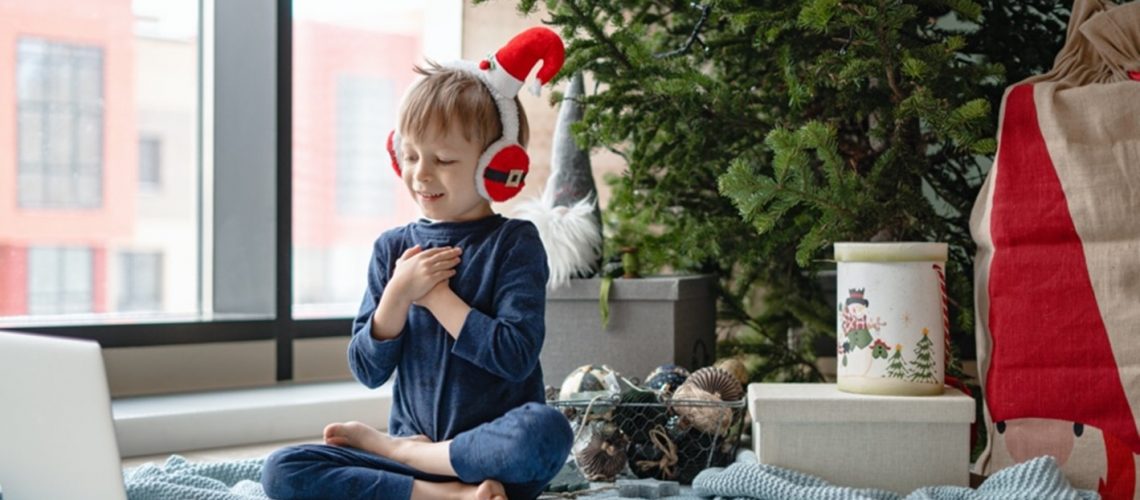As you go through this joyful season, be sure not to miss a fantastic chance to teach kids of all ages about the origin of the holiday traditions you are celebrating! You just might knock their stockings right off. To get you started, here a few popular symbols of Christmas and how they came to be.
History of Christmas trees:
Around the 16th century, Germans began bringing trees indoors to celebrate Christmas. If trees were unavailable, they built pyramid-shaped structures and adorned them with things like candles. The tradition moved to America along with German Settlers. The very first instance of a Christmas tree in the United States was in the 1830s when German settlers displayed them in Pennsylvania. However, Christmas trees were widely considered a pagan symbol and were not widely adopted until the 19th century. While many types of trees are used as a symbol of the season, evergreens have held a special place in history across many countries. At one point it was even believed that they evergreen bows would ward off evil if they were hung over doors and windows. Ever wonder where your evergreens on your mantle came from hmmm?
Where is Christmas celebrated?
Out of the 195 countries in the world, 60 of them celebrate Christmas as an observed holiday. Some governments consider it an “official” holiday and others consider it more of a cultural event. While most countries celebrate the holiday on December 25 every year, some celebrate the holiday the day before or after.
Origin of candy canes:
While there are many different stories about the origins of candy canes floating around, a common tale is that a choirmaster in Germany requested “sugar sticks” from a candymaker to keep children occupied during the cathedral’s Christmas Eve service. Legend has it that he specifically asked for a cane-shaped stick as a nod to shepherds’ staffs. As you delight you kids this year, remind them of this!
The modern Santa suit:
While most of us imagine Santa wearing his famous red and white suit with a black belt and matching boots, this is was not always his uniform. In fact, Santa has been depicted wearing many outfits throughout history, including tan and green variations. In the late 1800s, artist Thomas Nast designed illustrations of Santa wearing what many know today, including a fur-lined suit, for the covers of Harper’s Weekly. Several decades later, artist Haddon Sundblom solidified the depiction in his advertising work for the Coca-Cola Company. And the Red Suited Jolly Santa was solidified as our modern “Santa!”
Christmas caroling:
Christmas caroling, or going door to door singing Christmas carols, is based on an old English tradition still celebrated today called “wassailing.” This consists of singing to trees and orchards in hopes of an abundant fall harvest. While the actual ritual varies, annual wassails always involves a lot of merriment, including music and dancing.
Sugar plums:
Sugar plums may sound like they have a healthy snack buried in there somewhere but, traditionally, aren’t made of plums at all. When it comes to the festive treat referred to in the well-known “’Twas the Night Before Christmas” poem, they were actually a nut or seed covered in hardened sugar. When they were finished and ready to enjoy, they were about the size of a plum. Want to make them with your kids? Check out Alton Brown’s recipe!
History of Stockings and Stuffers:
Remember those stockings you might knock off your kids? Be sure to hang them on the mantle! But where did this slightly bizarre tradition come from? Really, hang your socks by the fire? Legend is that it came from a story of the actual Saint Nicholas in the 4th century CE. Yes, the Saint… not the red suited guy. Stockings and shoes at the time were hung by the fire to dry and warm from the snow and damp. (We all know kids love to get into muddy wet messes in the snow…) Saint Nicholas apparently gave three poor sisters gold coins by dropping them down the chimney where they landed in one shoe and one stocking drying by the fire. Presto, the first stocking stuffers! The children of Scandanavia leave out their shoes to be stuffed instead. The US and the UK are more “stocking” stuffers. Shoes, stockings.. Tomato, Tomato… The tradition in the states was really solidified in the “Night Before Christmas” story we all love. Actually named, A visit from St. Nicholas and written by Clement Clark Moore, we all know the line “and the stockings were hung by the chimney with care, in the hopes that St. Nicholas soon would be there.”
Well? Did you wow the kids or what? This is just the tip of the iceberg and can be applied to any holiday celebrated throughout the year. Take it a step further and ask your kids to make a list of some of their favorite traditions or the things they think of when specific holidays come to mind. Then, dive into the history of each of them. Older kids can even do the research for themselves. Challenge them to finding fun facts about the holidays to impress family with at gatherings. Your holiday get togethers will never be the same!
Happy holidays and happy learning from Anything Academic!

